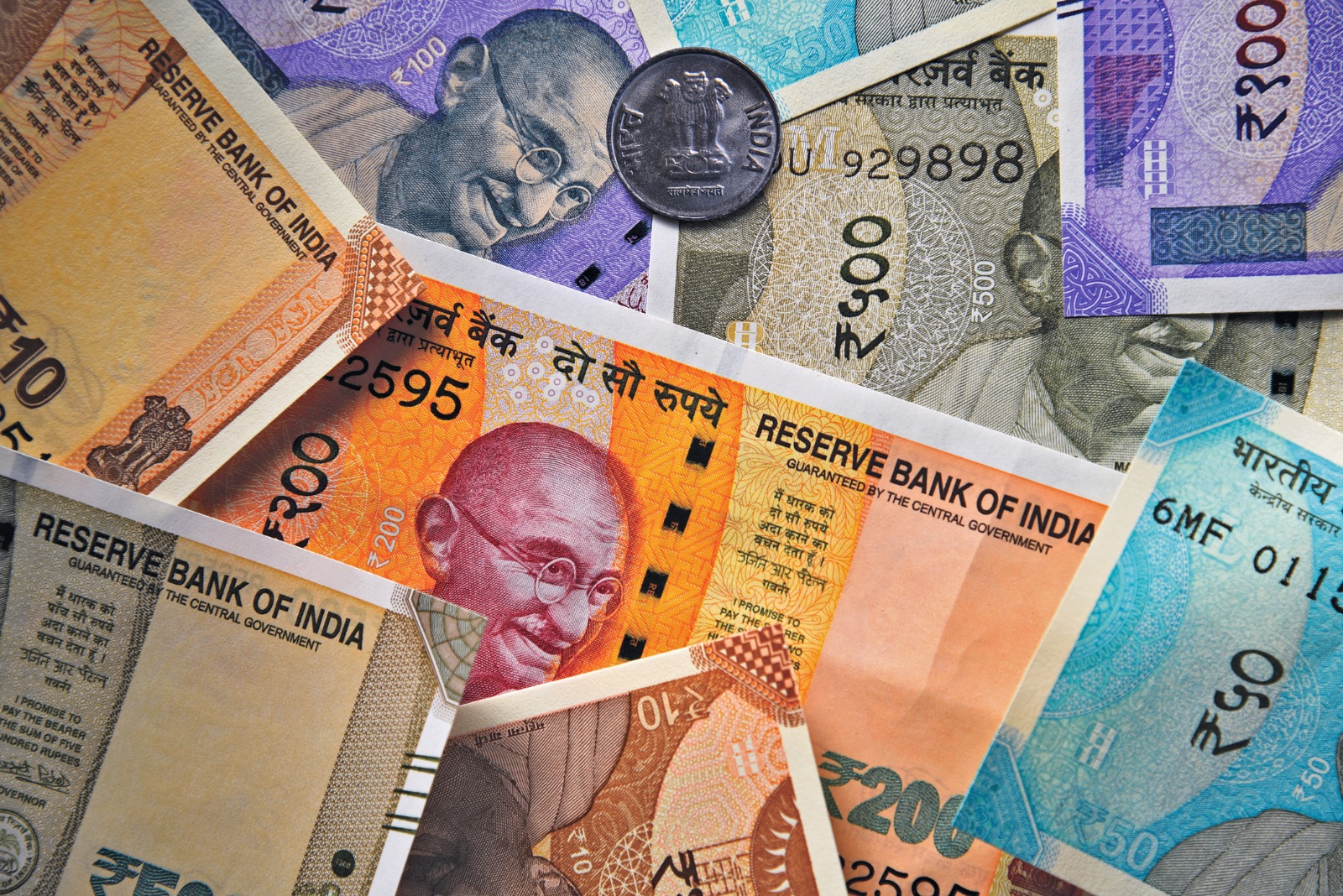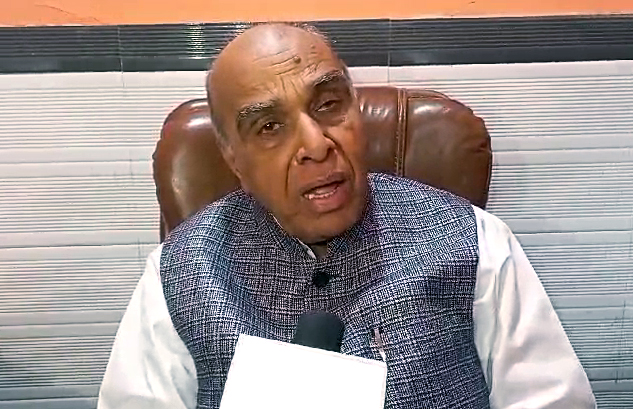Despite India being a leader in digital financial transactions, cash currency in circulation has more than doubled over the last eight years. As per Reserve Bank of India (RBI) data, since the demonetization of Rs 1000 and Rs 500 notes in 2016, the currency in circulation has increased substantially in India.
The cash in circulation in value terms has shot up over 100 per cent, and stood at Rs 34.70 lakh crore, as of September 6, 2024, RBI data showed. Just before the demonetization, it was at about Rs 16.5 lakh crore.
Demonetisation in November 2016, was undertaken to weed out black money and nudge people to change their method of payment from cash to digital.
RBI annual report suggested that the value of banknotes in circulation declined by 20.2 per cent after the demonetisation in November 2016, to Rs 13.1 trillion at the end of March 2017.
The monthly bulletin of RBI reported that over the last four years, UPI transactions have seen a ten-fold increase in volume, from 12.5 billion transactions in 2019-20 to 131 billion transactions in 2023-24, which accounts for nearly 80 per cent of the total digital payment volumes.
A recent report by PwC India suggested that digital transactions will increase from 159 billion in 2023-24 to 481 billion by 2028-29 to mark a threefold growth.
According to the data of NPCI, payments through UPI have increased by 45 per cent annually. The value of transactions also saw a growth of over 35 per cent, totalling over Rs 20.65 trillion. This marks the third consecutive month when total transactions crossed Rs 20 trillion.
NPCI data also showed that the average daily transaction value through UPI in July 2024 was Rs 466 million, or about Rs 66,590 crore. Compared with June, the volume of UPI transactions grew by 3.95 per cent in July, while the value of transactions increased by 2.84 per cent. In the first four months of the current fiscal year (2024-25), UPI recorded transactions amounting to Rs 80.79 trillion in over 55.66 billion transactions.
However, while UPI and other digital payment mechanisms have reduced the number of cash transactions, cash in circulation in the Indian economy has increased from 16.5 lakh crores in November 2016 to 34.7 lakh crores in September 2024.
Experts believe that cash in circulation is increasing because of the growth in the economy and also because many low-value transactions are done in cash to save on GST.




















